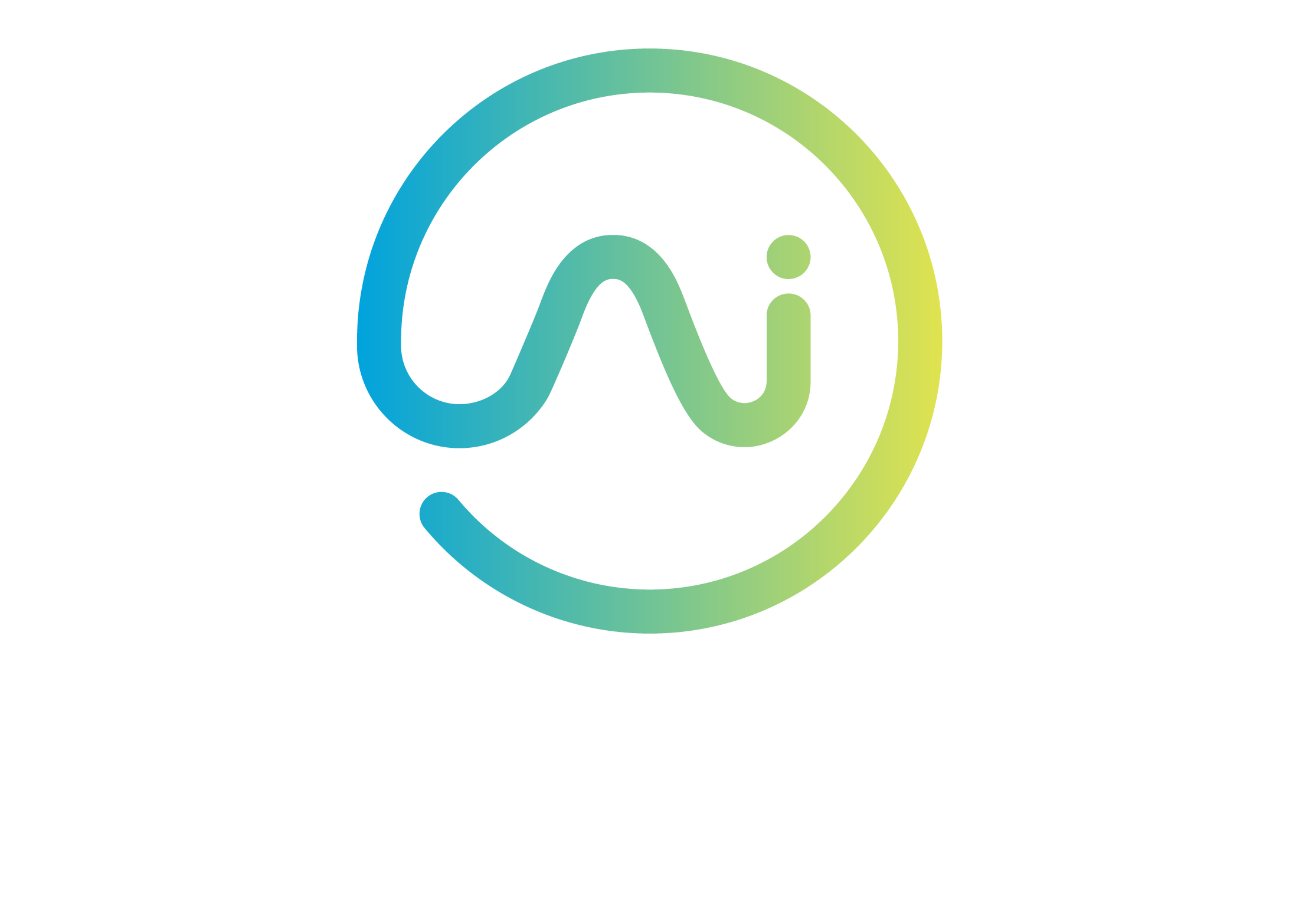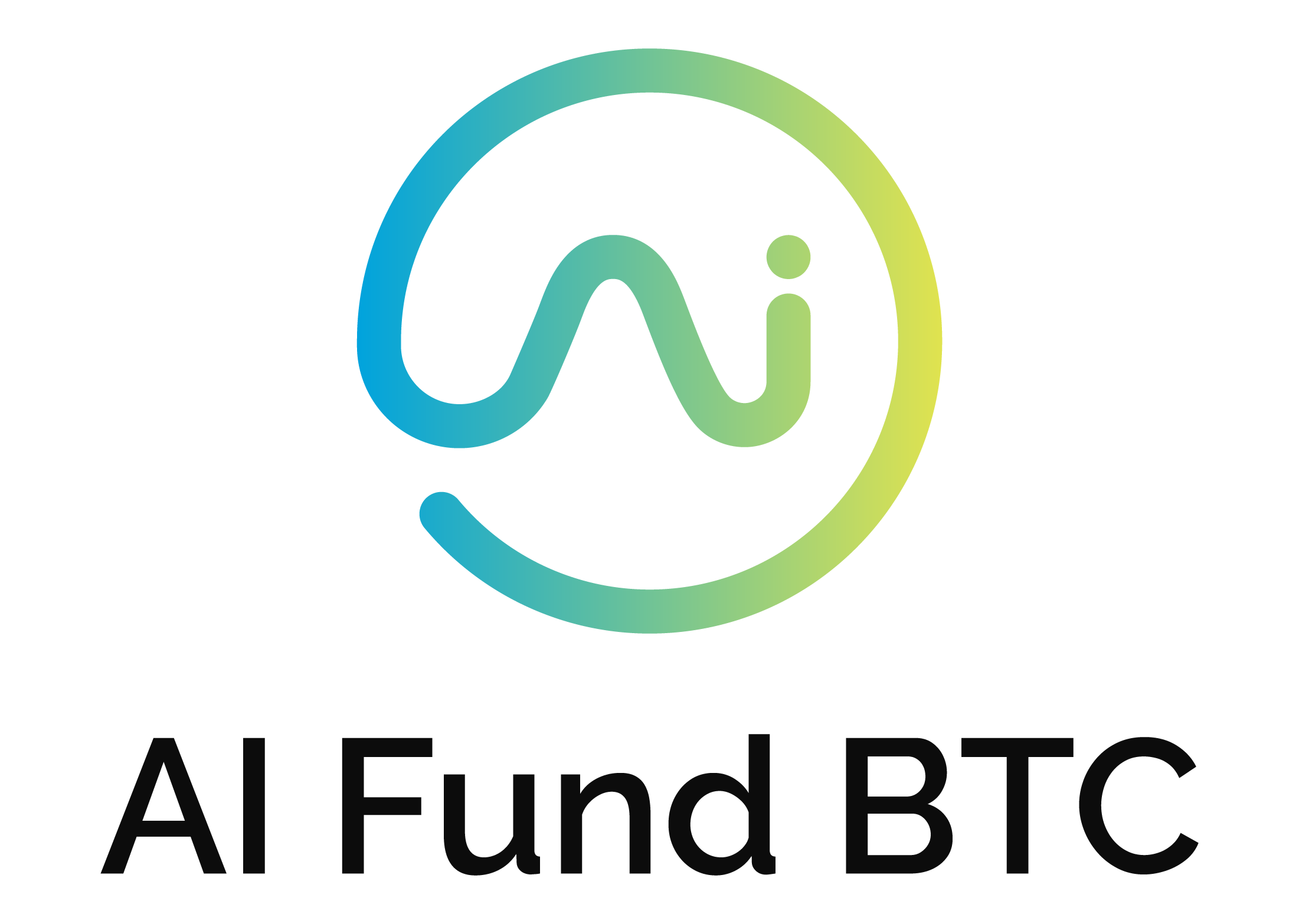Make Smarter Trades with Fundamental Analysis
Fundamental analysis helps you understand how economic events, financial news, and global developments impact asset prices. It’s about looking beyond the chart and using real-world information to support smarter, more informed trading decisions.
Learn to Read the Markets with Fundamental Analysis
Fundamental analysis goes a long way in helping our traders here at AIfundBTC when it comes to forecasting price movements by analysing real-world factors like economics, central bank policy, political shifts, and financial data. It focuses on how global events shape supply and demand – helping you and the rest of our traders understand whether an asset is undervalued or overvalued before taking a position.
This method relies on understanding broader economic conditions, sector performance, and how companies or currencies might respond to change. While it’s often compared to technical analysis, the two approaches serve different purposes – and the best traders know how to combine both.
What Is Quantitative vs Qualitative Analysis?
Fundamental analysis looks at two types of data – numbers and narrative.
– Quantitative data is measurable. Think inflation rates, interest rates, earnings, and GDP figures.
– Qualitative data is based on qualities or characteristics, like leadership strength, market positioning, or geopolitical stability.
Both play a role in forming a complete market outlook. While traders lean heavily on hard data, context and interpretation are just as important.
The Three Pillars of Fundamental Analysis
Successful traders who use fundamental analysis generally break it down into three main areas:
– Global economic analysis – Studying macroeconomic factors like inflation, employment, interest rates, and trade
– Industry or sector analysis – Understanding how a specific sector performs in response to global shifts
– Asset-level analysis – Reviewing specific data related to a currency or index
The more insight you have across these levels, the more strategic your trades become.
What You Need to Know to Use It
Fundamental analysis is not plug-and-play. It requires a solid grasp of economics, an understanding of financial reports, and the ability to interpret macro events. Traders using this approach rely on publicly available data like earnings reports, central bank announcements, and economic indicators to make smarter decisions.
It’s about putting together the pieces and recognising how global factors move markets.
Key Economic Indicators Traders Watch Closely
Here are the 3 key economic indicators we suggest you and all of the AIFundBTC traders take notice of:
Inflation
Inflation reflects rising prices in goods and services. Central banks respond by adjusting interest rates — and when a rate hike is announced, the related currency usually strengthens.
Unemployment
The non-farm payroll report is a major US labour market release that affects Forex and indices. Published monthly, it shows how many jobs were added or lost – and rising employment usually boosts market confidence.
GDP
Gross Domestic Product measures total economic output. When GDP rises, it often means stronger business performance and higher consumer spending – both of which tend to strengthen a currency and push markets higher.
Trade with confidence - safe, secure and built for serious traders
Protection from
Negative Balances
Trade with specialised technology and smart risk controls – protecting you from going below zero.
Ultimate Segregated
Accounts
Client funds are held in fully separate accounts – your capital is never used by the company.
Extra Security for
Large Deposits
Advanced risk controls and capital protection up to $1 million – your funds are always the priority.

